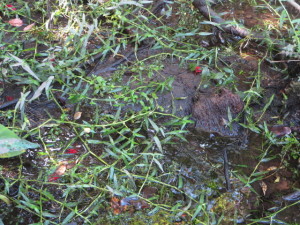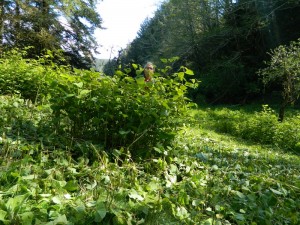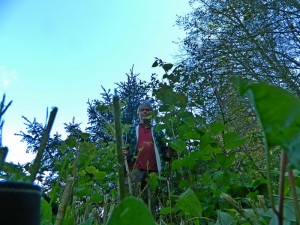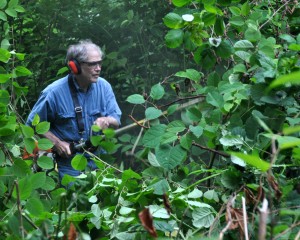According to the Virginia Department of Conservation and Recreation Murdannia has no known common name and generally goes by Anielema, its former Latin name. The USDA PLANTS website calls it wartremoving herb and Invasive.org calls it marsh dayflower. Maryland Extension calls it marsh dewflower or Asiatic dayflower. The leaves and stems do resemble Asiatic dayflower (Commelina communis). I don’t know about it’s wart-removing powers.
Look for mats of Murdannia keisak in freshwater ponds and marshes and along the edges of streams and canals. It probably arrived in the US from eatern Asia in the 1920s or 30s as a weed of rice cultivation but it has unfortunately spread to natural areas. It forms dense mats blocking light to plants below. Plants produce thousands of small seeds eaten by ducks and other waterfowl, and the plants spread vegetatively.
Small stands could be hand-pulled before flowering taking care to remove all fragments of the plant. Larger stands are usually treated using biodegradable herbicides.





